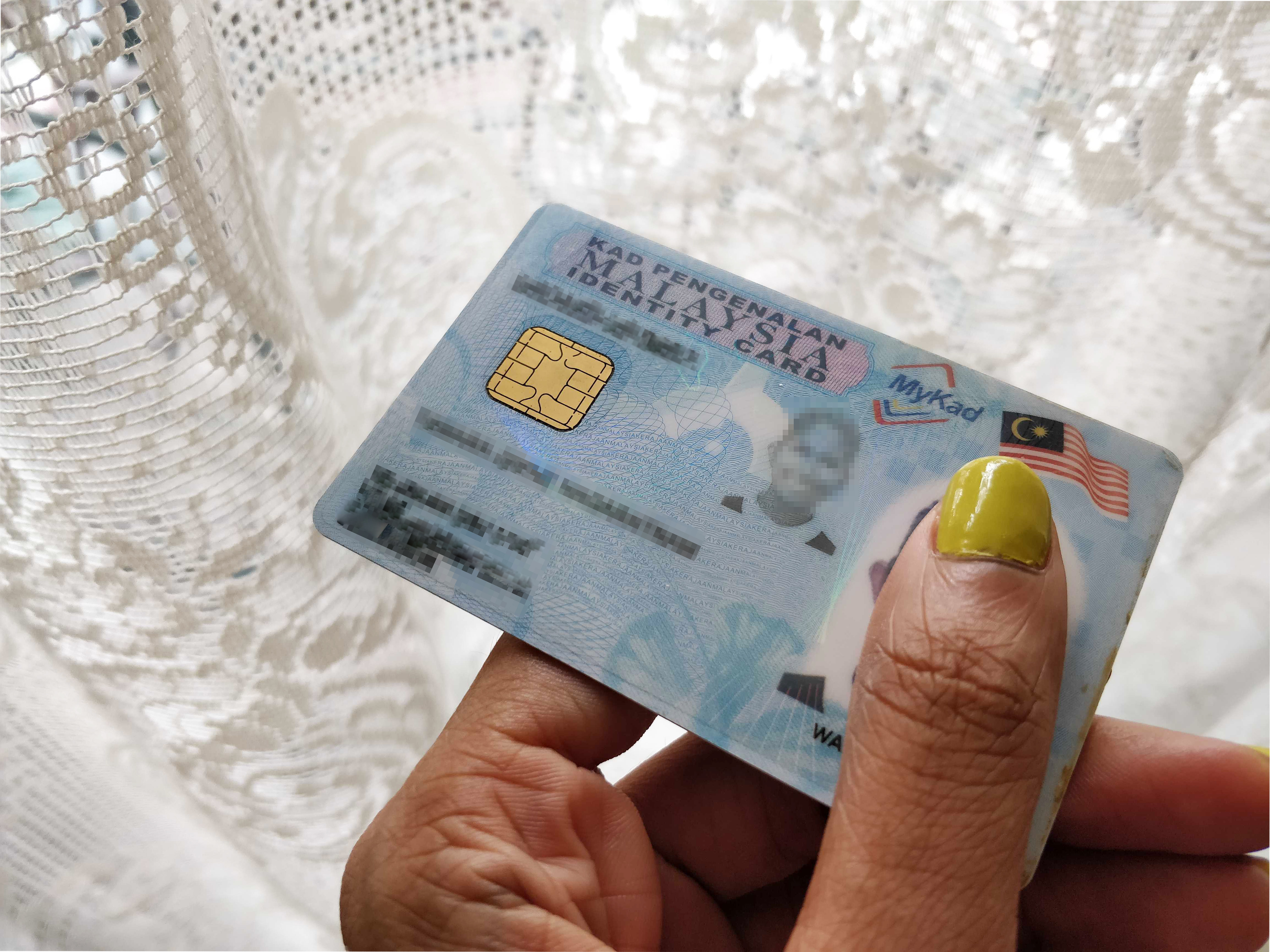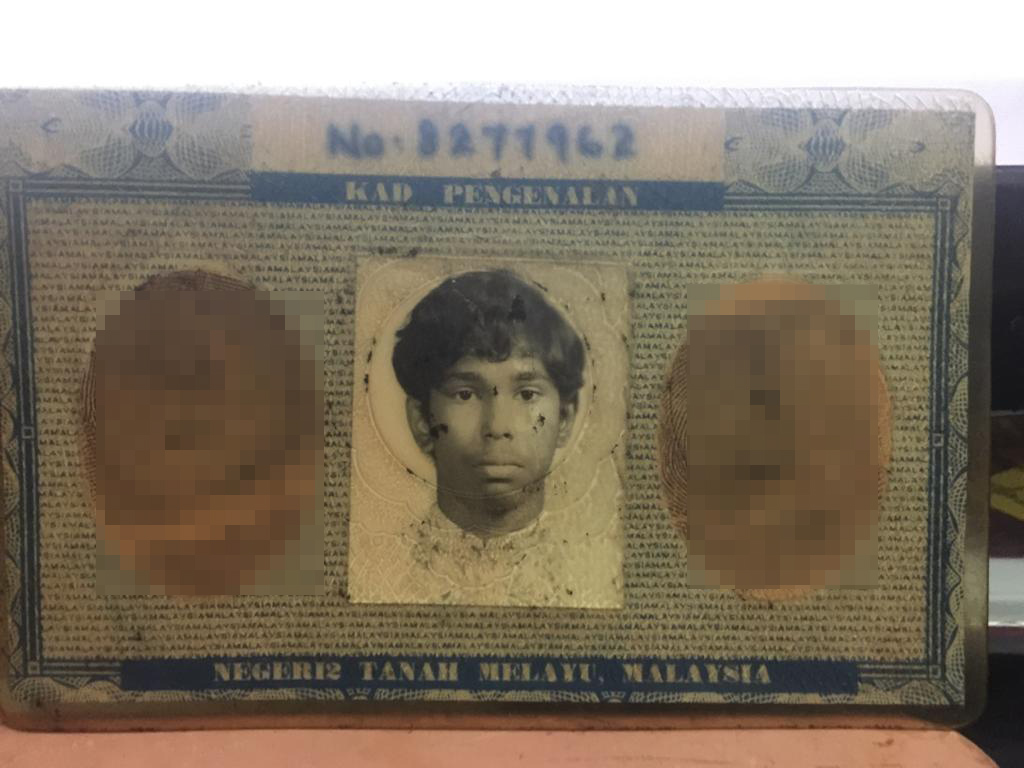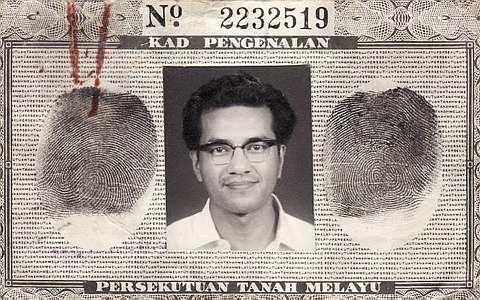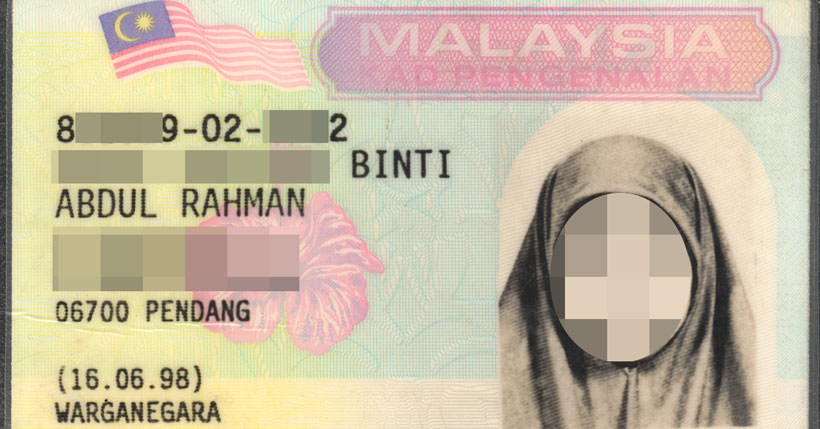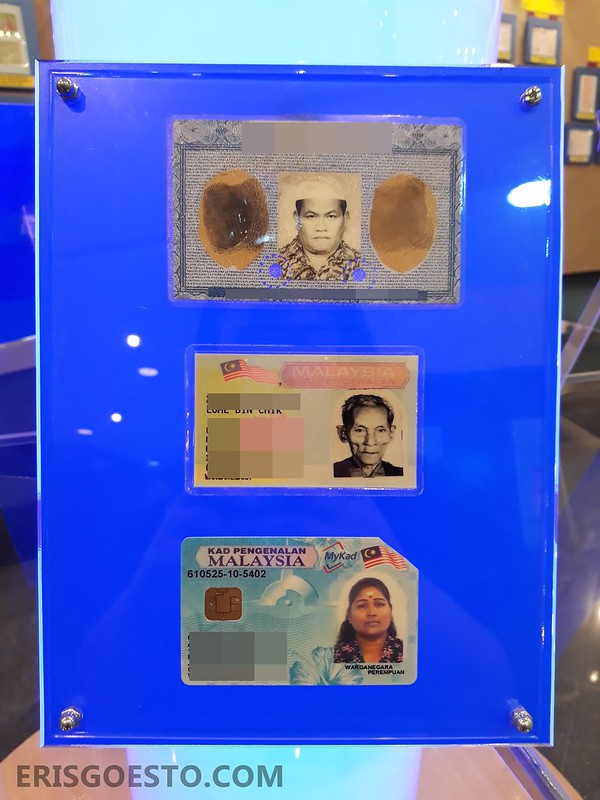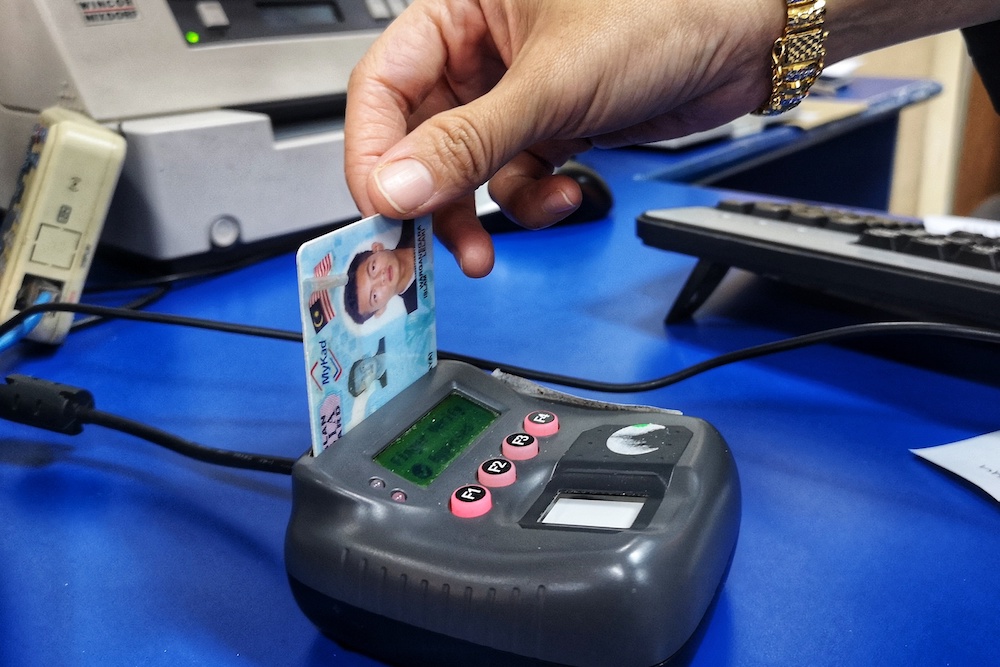Things You Probably Didn't Know About Old Malaysian ICs Before MyKad Came Along
It was once known as "rice cards".
Identification cards (IC) in Malaysia have gone through an evolution over the years
From what used to be just flimsy pieces of paper to now small plastic cards that can slide into our wallets, ICs have definitely changed in many ways.
1. The first identity card was issued in September 1948 and was only printed on a piece of paper or cardboard
Long before Malaysia's Independence in 1957, the paper IC was also known as a "rice card".
According to an article by MenteriKu, it was called this because it was required as proof of identity to obtain rice during the ration of food in the Malayan Emergency period in 1948.
The British government made it compulsory for all those above age 12 to have an identity card and to carry it with them at all times.
Take a look at this IC that belonged to Malaysia's first prime minister, Tunku Abdul Rahman:
According to the National Registration Department's (JPN) history, identification cards for the Federation of Malaya were issued on 2 August 1960.
Image via Reddit u/kebab952. Before digital screening was implemented, ICs just used ink and thumbprints
It is believed that in later years, some people received plastic citizenship cards that looked similar to this one below:
In 1960, the Malaysian IC was changed into a laminated credit card-sized version with a black and white photograph and thumbprints.
MenteriKu noted that it initially only had the right thumbprint. However, in later years, the IC included both thumbprints on a more durable plastic coat.
Do you recognise who this is?
Yep, it's former Prime Minister Tun Dr Mahathir Mohamad.
This IC version was plastic coated and had four different colours which determined citizenship status.
3. The first coloured photograph IC was introduced in 1999 before it was turned into MyKad in 2001
In other words, ICs were still using black and white photos like this example in 1998 that some of you may recognise:
The initial MyKad only had a 32kb EEPROM (Electronically Erasable Programmable Read-Only Memory) embedded chip. And in November 2002, the capacity was increased to 64kb.
4. Malaysia was the first country in the world to enable smart identification cards
According to a report by The Star, Malaysia was the first country to have both photo identification and fingerprint biometric data on an in-built computer chip embedded into an IC.
Although its main purpose is to be used as proof of citizenship, the MyKad system also allows Malaysians to use it for multiple transactions, such as a driving licence, Touch 'N Go and an ATM (automated teller machine) card, an electronic purse, travel document, passport information, health information, and a public key.
